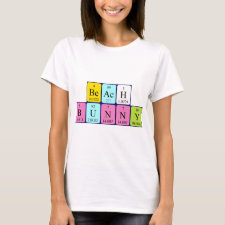
Authors: Stringer RC, Gangopadhyay S, Grant SA
Article Title: Comparison of molecular imprinted particles prepared using precipitation polymerization in water and chloroform for fluorescent detection of nitroaromatics.
Publication date: 2011
Journal: Analytica Chimica Acta
Volume: 703
Issue: (2)
Page numbers: 239-244.
DOI: 10.1016/j.aca.2011.07.034
Alternative URL: http://www.sciencedirect.com/science/article/pii/S0003267011010348
Abstract: A comparative study was conducted to study the effects that two different polymerization solvents would have on the properties of imprinted polymer microparticles prepared using precipitation polymerization. Microparticles prepared in chloroform, which previous results indicated was the optimal solvent for molecular imprinting of nitroaromatic explosive compounds, were compared to water, which was hypothesized to decrease water swelling of the polymer and allow enhanced rebinding of aqueous template. The microparticles were characterized and were integrated into a fluorescence sensing mechanism for detection of nitroaromatic explosive compounds. The performance of the sensing mechanisms was compared to illustrate which polymerization solvent produced optimal imprinted polymer microparticles for detection of nitroaromatic molecules. Results indicated that the structures of microparticles synthesized in chloroform versus water varied greatly. Sensor performance studies showed that the microparticles prepared in chloroform had greater imprinting efficiency and higher template rebinding than those prepared in water. For detection of 2,4,6-trinitrotoluene, the chloroform-based fluorescent microparticles achieved a lower limit of detection of 0.1 μM, as compared to 100 μM for the water-based fluorescent microparticles. Detection limits for 2,4-dinitrotoluene, as well as time response studies, also demonstrated that the chloroform-based particles are more effective for detection of nitroaromatic compounds than water-based particles. These results illustrate that the enhanced chemical properties of using the experimentally determined optimal polymerization solvent overcome deformation of imprinted binding sites by water swelling and benefits of using the polymerization solvent for rebinding of the template
Template and target information: nitroaraomatic explosives, 2,4,6-trinitrotoluene, TNT, 2,4-dinitrotoluene, DNT
Author keywords: imprinted polymer, Nitroaromatic, Explosive, precipitation polymerization



Join the Society for Molecular Imprinting

New items RSS feed
Sign-up for e-mail updates:
Choose between receiving an occasional newsletter or more frequent e-mail alerts.
Click here to go to the sign-up page.
Is your name elemental or peptidic? Enter your name and find out by clicking either of the buttons below!
Other products you may like:
 MIPdatabase
MIPdatabase









